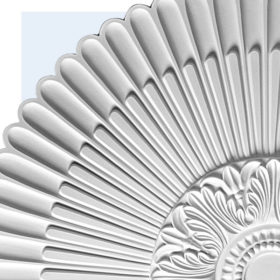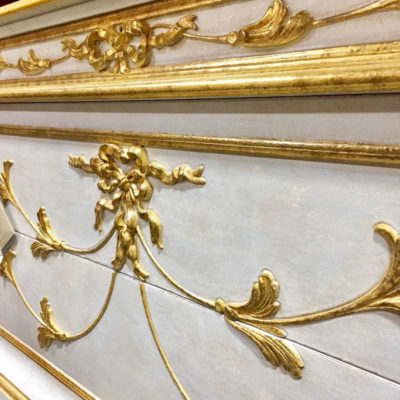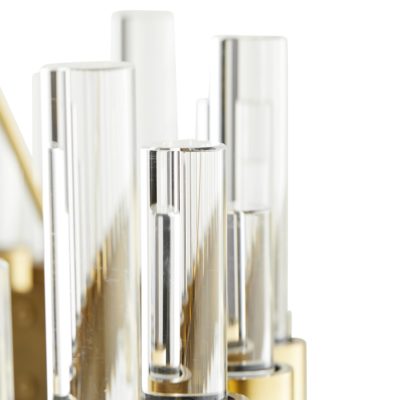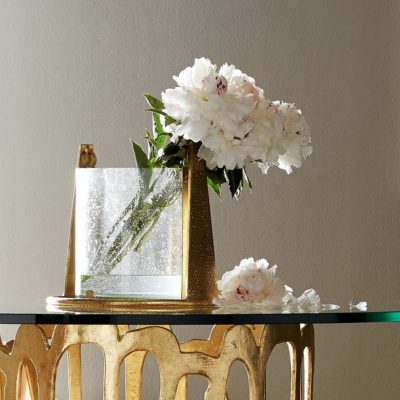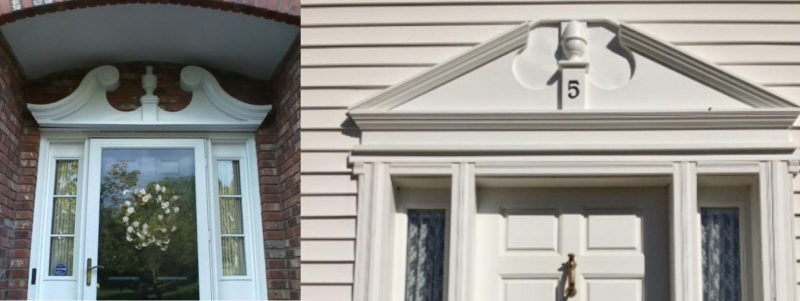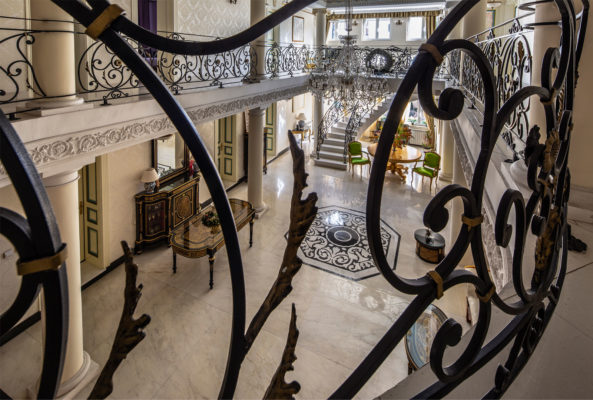
What is the Origin of Pediments?
Pediments were first used by the Greeks in their construction of temples. It was put on top of the colonnade at the main entrance of the temple. It contained larger sculptures that depicted the god or the goddess. The pediment would be placed on top of the Entablature, which consists of Metopes and Triglyphs. Triglyphs were the fluted pieces that would be placed between Metopes (or the parts with more statues telling the story of the triumphs and the importance of the god).
The pediment was one of the key pieces of the Doric Order - which included fluted columns, simple square-top capitols, no base, but a set of steps which lead up to the colonnade itself. It is a significant building that is studied by many architects due to the precision that was achieved with no real measuring devices and due to the grandeur that was achieved through such a simple design. There are very interesting features of the Doric Order that go beyond the beauty of the pediment - the actual columns get thicker to the middle as to mimic the look of a flexed muscle as to breathe life into the building.
Nowadays pediments
Many of the facades and interiors today contain Pediments. It is a great way to frame your doorway and bring some definition to the room. One building that revived the idea of the pediment successfully in the exterior architecture is the Chiswick House in London, built by Lord Burlington.
The design pushed the boundaries even further from the Parthenon by using Corinthian order capitals and Doric order columns. The Entablature (right below the pediment) is rather simple as not to confuse the eye. Even though a lot of the uses for the pediment are for the outside, their beauty is easily transferred to the inside of the home.
Having a pediment in your home is a perfect way to embellish a doorway or a window; it is an ideal way to add architectural structure to the inside of the room and therefore adding architectural details to the house overall.
A great way to use and accentuate the pediment itself is to put it above a doorway and put a pilaster on each side of the doorway. It can either be painted or left white, which shows up as a very intriguing contrast on walls which are painted in a brighter or more vibrant color. Aside from being a detail of supreme grandeur, it is also accessible and something that can be integrated into many different styled homes.

